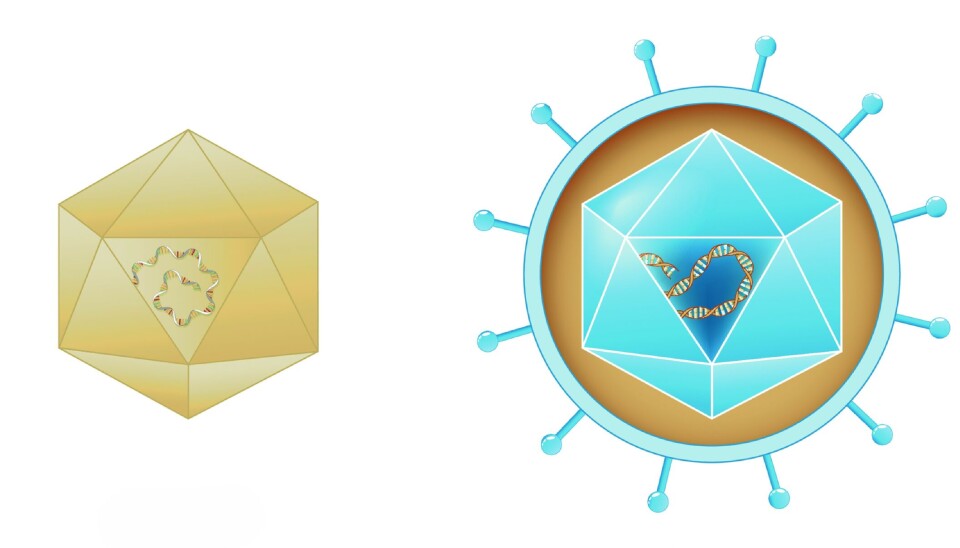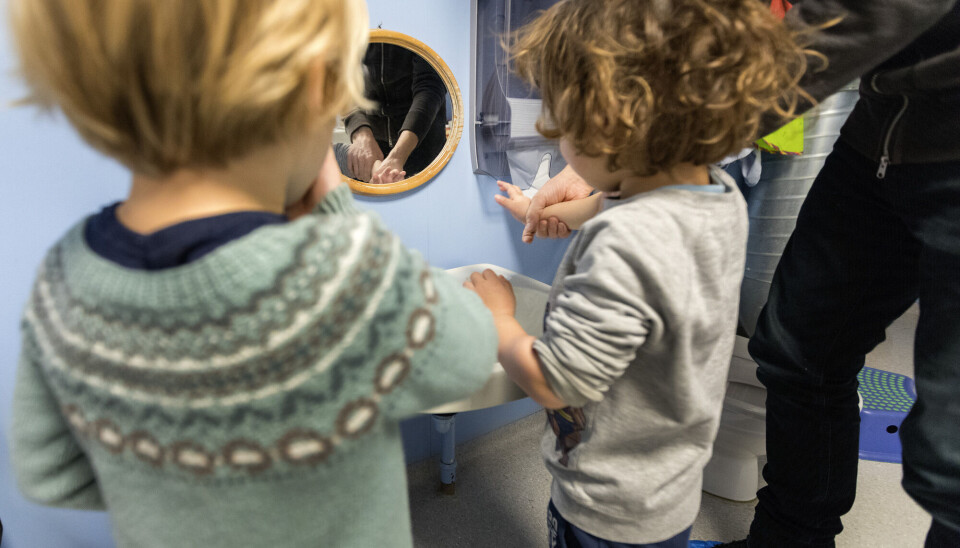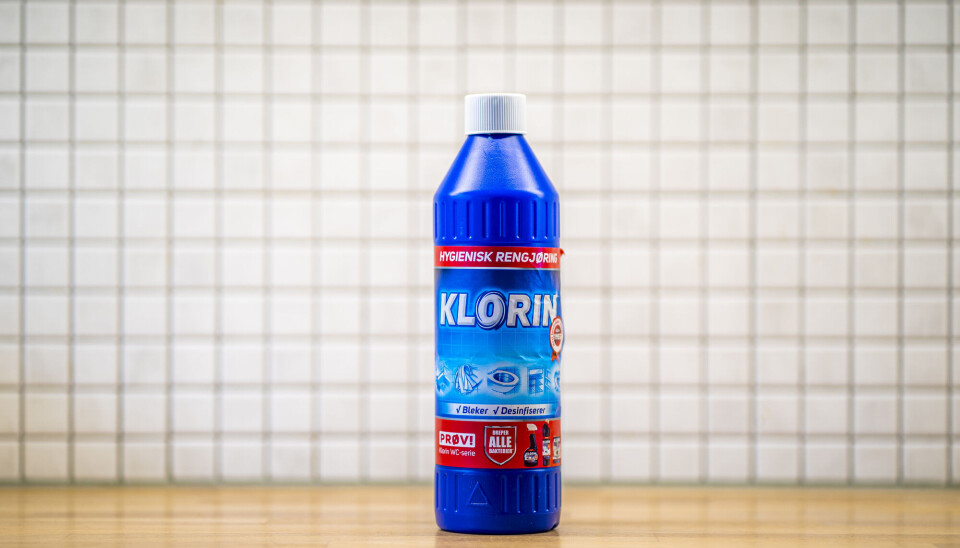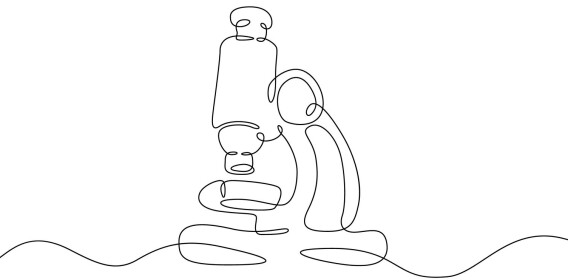Stomach flu: Why doesn't hand sanitiser work against norovirus?
Norovirus differs from other viruses.

Hand sanitiser kills most bacteria and viruses we encounter.
But when stomach flu is rampant, alcohol does not work.
Why is that?
"Norovirus is what's called a naked virus," doctor Hilde Marie Lund at the Norwegian Institute of Public Health (NIPH) tells sciencenorway.no.
Most viewed
The notorious stomach virus lacks something that many viruses and bacteria have.
Lacks a fatty membrane
When you pour dish soap into dirty dishwater, the fatty membrane on the surface breaks apart.
Similarly, most viruses can be killed with alcohol or soap.
They are surrounded by a layer of fats.
The viruses that cause influenza and Covid-19 have such an outer lipid membrane. The same applies to many cold viruses.
When you use hand sanitiser, the membrane breaks.
But the resilient norovirus lacks this membrane.
That is why hand sanitiser and other disinfectants have only a limited effect against contagious vomiting and diarrhoea.

Use water and soap
What about soap?
Soap does not actually kill norovirus either.
Still, handwashing is your best protection against contagious vomiting and diarrhoea, according to Lund.
"The main reason why handwashing is more effective than alcohol is the mechanical cleaning process involved," the doctor explains.

Even though handwashing does not kill norovirus, it can remove the tiny carriers of infection from your hands.
"When you wash with soap and water, you rinse away virus particles," says Lund.
Spreads through hands
Norovirus is not the only virus that causes stomach flu, but it is the most common and spreads quickly from person to person.
Virus particles from faeces or vomit ends up on hands – and then on everything from door handles to food.
"It's often said that it takes between 10 and 100 virus particles to make you sick. And in one gram of faeces, there can be a billion virus particles," says Lund.
Small children also tend to put their hands toys in their mouths.

What about the house? There's an effective solution in your cupboard
Is there really no way to kill norovirus?
Yes, there is. In healthcare and industry, several different disinfectants are used to stop this resilient virus.
Most of us actually have such a disinfectant in our cupboard:
Bleach.
"Bleach is something found in many homes, and it's an effective agent against norovirus. That's why we recommend it for private households and the general public," says Lund, adding:
"As long as the surface can tolerate it, of course."
Corrosive power
Bleach can corrode holes in the virus.
If it comes into contact with your skin, it burns intensely.
That is because bleach is a strong oxidising agent
Even though norovirus lacks a fatty membrane, it is surrounded by a protein shell.
Scientific studies show that bleach corrodes this protein layer.

How to do it
For bleach to be effective, you must first remove any traces of diarrhoea or vomit from the surface.
Wipe up visible residue with paper, then clean the area with water and soap before disinfecting with a diluted bleach solution, recommends Lund.
However, the virus mutates very quickly.
Scientific studies suggest that some strains may therefore become resistant to cleaning agents over time.
———
Translated by Alette Bjordal Gjellesvik
Read the Norwegian version of this article on forskning.no
References:
Chassaing et al. Free Chlorine and Peroxynitrite Alter the Capsid Structure of Human Norovirus GII.4 and Its Capacity to Bind Histo-Blood Group Antigens, Frontiers in Microbiology, vol 12, 2021. DOI: 10.3389/fmicb.2021.662764
Fuzawa et al. Free Chlorine Disinfection Mechanisms of Rotaviruses and Human Norovirus Surrogate Tulane Virus Attached to Fresh Produce Surfaces, Environmental Science & Technology, vol. 53, 2019. DOI: 10.1021/acs.est.9b03461
Norwegian Institute of Public Health: How to prevent gastroenteritis caused by norovirus
Wanguyun et al. Genetic diversity of murine norovirus populations less susceptible to chlorine, Frontiers in Microbiology, vol. 15, 2024. DOI: 10.3389/fmicb.2024.1372641
Related content:

Subscribe to our newsletter
The latest news from Science Norway, sent twice a week and completely free.



























































